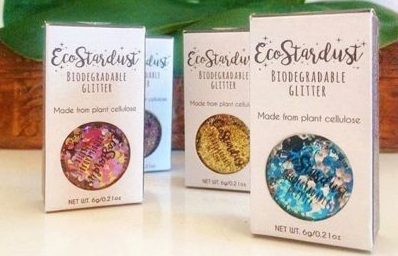It’s Valentine’s Day, which means we should only be talking about love and glitter! But did you know there is currently a proposed global ban on glitter?
According to LiveScience;
Glitter should be banned, researcher Trisia Farrelly, a senior lecturer in environment and planning at Massey University in New Zealand, told CBS. The reason? Glitter is made of microplastic, a piece of plastic less than 0.19 inches (5 millimeters) in length. Specifically, glitter is made up of bits of a polymer called polyethylene terephthalate (PET), which goes by the trade name Mylar. And though it comes in all sizes, glitter is typically just a millimeter or so across. Microplastics make up a major proportion of ocean pollution. A 2014 study in the open-access journal PLOS ONE estimated that there are about 5.25 trillion pieces of plastic weighing a total of 268,940 tons (243,978 metric tons) floating in it. That was 2014, which means you can only imagine the current tragic situation.
Microplastics concentrate low-level pollutants in water and these become bioavailable via ingestion to marine organisms – simply put – they pollute the ocean and kill our beautiful sea life!
Not to worry – biodegradable glitter exists!

EcoStardust is made up of a team of environmentally conscious festival loving sparkly people who love glitter and promoting maritime conservation and environmental issues. Not only is this glitter ocean and sea-creature safe, it’s 40% softer than traditional glitter – which means it’s perfect to use on bodies and faces — in addition to crafts and art!
Learn more:



